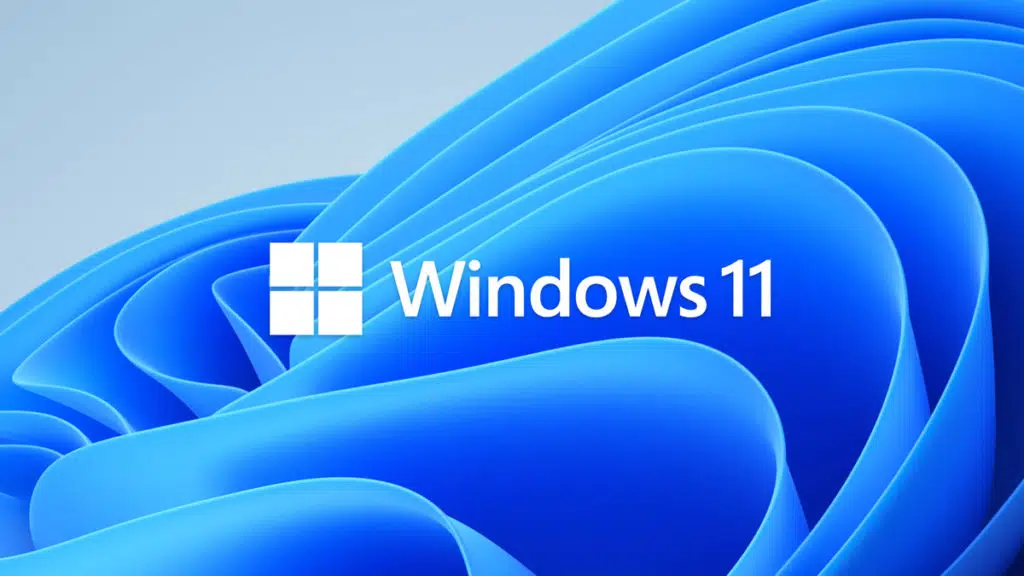
Microsoft appears to be pushing back the release of Windows 12 despite previous rumors and is instead focusing on more updates to Windows 11. Rumors regarding the debut of Windows 12 have been circulating since 2022, when it was once claimed it might’ve been planned to be launched last summer, and then, after that did not happen, it was thought it could launch this summer, but that too now seems unlikely. Microsoft has just announced that a new build update, 25H2, is coming to Windows 11 and is already available for members of its insider program.
“Today, Windows 11, version 25H2 became available to the Windows Insider community, in advance of broader availability planned for the second half of 2025.”
-Jason Leznek, Microsoft
As reported by Tom’s Hardware, the next build update does not appear to include any major feature additions or changes. It’s been reported that the changelog is the same as the one for the 24H2 preview build. The update installation process should be as easy as a restart, with install times taking approximately the same amount of time as a cumulative update install. While new features are expected to be added to 25H2 at some point, it’s possible some will roll down to 24H2 and 23H2.
Windows past, current, and future
It is somewhat common knowledge that Microsoft will be ending support for Windows 10 this October. Windows 10 launched in 2015 following a tumultuous series of OS launches which began with Windows Vista in 2006(OEM) and 2007 (public release) that succeeded the very popular Windows XP. Vista was generally not well received, and not long after Windows 7 launched in 2009, which reportedly had been in development side-by-side, and before, but had been delayed. Windows 7 was, by many, considered the true successor to XP and received praise from consumers and enterprises alike for its design.
However, Windows users were not out of the woods yet as Windows 8 and then 8.1, would follow in 2012 and 2013 to once again rattle the nerves of PC owners. Tablets and touchscreens began to become immensely more popular, and so Microsoft’s engineers sought to create a hybrid OS incorporating tiles into the Windows UI, something many didn’t like. MS also began to move familiar feature settings into new places, making it more difficult for veteran users to find them. So, in just over six years, Microsoft had launched three distinctly different operating systems, plus another that would be the equivalent of a major build update by today’s standards.
At this point, MS was well aware of the frustrations among its users, and so Windows 10 was released with the intent it would be around for some time. Some could joke that given Apple was on OSX at the time Microsoft decided to skip naming it 9 and ride the wave with 10. Many a gamer and average PC user clinged to Windows 7 claiming MS would have to pry it from their cold, dead hands but ironically that sentiment has now transferred over to not wanting to move to Windows 11 which was released in 2021. Windows 10 did what it was intended to do in its decade of use. Meanwhile as Windows 11 has introduced numerous AI-related features, some of which have found their way into Windows 10 and many wonder how far Microsoft will go into the AI rabbit hole. It has even been rumored that Microsoft could make Windows 12 its first subscription-based OS meaning users will not have the option of purchasing a license but will be forced to pay ongoing fees to use it. That rumor is based on wording found in a Windows 11 configuration file in 2022 but it remains to be seen what Microsoft is really planning for its next OS that now might not arrive until 2026.
